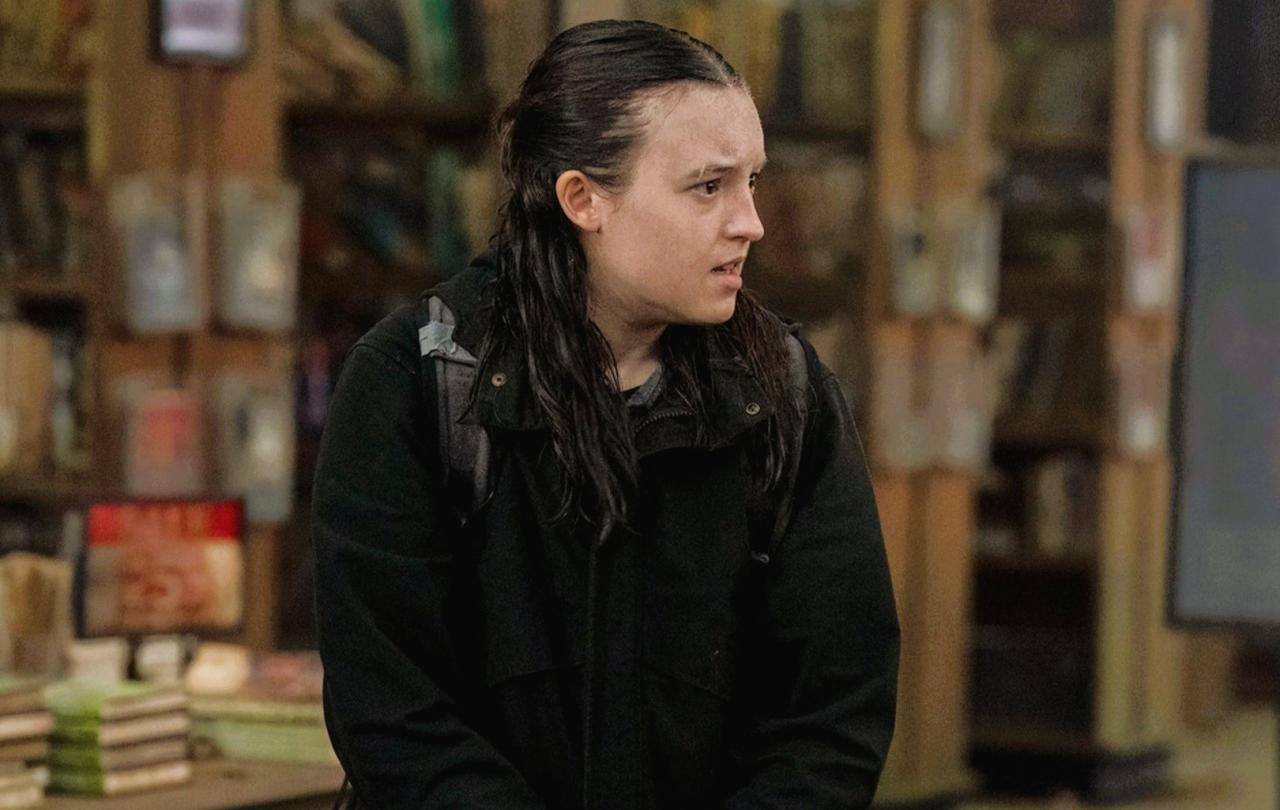
What’s the point of the TV adaptation of The Last of Us?
Throughout its second series, I’ve been trying to wrap my head around this question. I’m still short of an answer.
Turning the two The Last of Us video games into prestige TV was always going to be problematic, because those video games already were prestige TV. You just had to press buttons on a controller now and then.
The first The Last of Us video game is regularly included in lists of the best video games ever, and it’s not because of any ground-breaking gameplay or because of any technological advancements it made. It’s because of its story.
It is richly character-focussed, gritty, realistic, and utterly human. The Last of Us Part I (as it’s now known) carries the kind of gravitas and emotional complexity you might expect from the likes of The Sopranos, Breaking Bad, Chernobyl, or The West Wing. It’s already prestige TV.
So, is the TV adaptation simply an attempt to make this same story accessible to people who don’t play video games? Maybe. That would make sense, were it not for its deeply frustrating second series, the finale of which has just aired.
The Last of Us Part II was massively controversial when it released in 2020. (WARNING: absolutely colossal spoilers ahead, for both the games and the TV show). Joel – the main protagonist of the first game – is abruptly and brutally murdered in its opening act. This leads Ellie – his pseudo-surrogate-daughter – to hunt down those responsible in attempt to enact a reckoning.
In the video game, most of the story is told over the course of three days. First, from Ellie’s perspective, then from the perspective of Abby, Joel’s killer. In the TV show, the second series covers Ellie’s side of the story before very abruptly shifting to Abby’s side in the final seconds, leaving the viewers with a cliffhanger. Even as someone who’s played the game and knows what’s going to happen, it felt like a bit of a slap in the face.
But for someone who hasn’t played the games it must be bordering on nonsensical. Even spread over two series, the story is so truncated, and so much is left unsaid. I can’t imagine making sense of this series without having played the video game first. But the TV show is basically just a live action remake of the game. Which again begs the question: what’s the point of the TV adaptation of The Last of Us?
I’ve found this series, and the video game it’s based off, hugely frustrating. Because it’s trying to convey an important message. But both the game and the show contrive to undermine their important central ideas through poor storytelling techniques and structures.
But in making clear what was left unsaid in the game, the power of the moment is undercut. Much is spoken; little is said.
Let’s take one example. Half-way through the game (or towards the end of series 2), Ellie has tracked down and tortured one of Abby’s friends for information on her whereabouts. Afterwards, she talks to her lover Dina about what happened.
In the game, it’s harrowing. Ellie is visibly shaken by what she’s just witnessed herself do. “I made her talk.” She says. And then to Dina: “I don’t want to lose you.” “Good,” comes Dina’s reply. And that’s it. Cut to black. Little is spoken; much is said.
But where the scenes last about 30 seconds in the game, in the TV show it’s over five minutes long. “I made her talk. I thought it would be harder to do, but it wasn’t. It was easy. I just kept hurting her.” So says Ellie, halfway through the conversation. The writers are clearly trying to make explicit Ellie’s fear that she’s losing herself, and Dina by extension, in her thirst for revenge. But in making clear what was left unsaid in the game, the power of the moment is undercut. Much is spoken; little is said.
“I know writers who use subtext and they’re all cowards,” Garth Marenghi once said. I can only assume he writes for HBO now.
It’s a shame the scene gets fluffed as badly as it does, because really it’s the centrepiece of the narrative. Faced with unthinkable violence, Ellie chooses to repay the act in kind. But, in hunting down and torturing those responsible, ultimately Ellie finds herself becoming less and less human with each act of revenge. Here, in this conversation with Dina, Ellie begins to glimpse the reality of this. That acts of violence towards others are ultimately also acts of violence towards her own nature.
This is, as it turns out, a deeply Christian notion. Where other Ancient Near Eastern creation myths depict their gods as creating the world through violent and bloody struggle, in Genesis God merely speaks life into being. Where Jesus’ disciples would violently overthrow their Roman oppressors, he instead says “those who live by the sword, die by the sword.”
Moreover, Jesus’ death by crucifixion was unspeakably cruel and violent, encompassing protracted public humiliation, sexual abuse, and mutilation. It is here that Christ draws the suffering of the world to himself, that we might be given the opportunity to live free from the ongoing cycle of violence that surrounds us. Not that we might avoid having violence done to us, but that we might find the strength not to be violent in turn.
And this is the ultimate paradox at the centre of Christianity: that the greatest show of strength the world has ever seen is found in Christ’s being nailed to a tree.
Violence begets violence begets violence begets violence. That’s the message of The Last of Us Part II; albeit one conveyed in a rather ham-fisted way. While I’m not optimistic, I hope the next series of the TV show manages to fix the game’s wobbly narrative structure to convey this in a way that is nuanced and compelling. Because it’s a message we desperately need to hear.
Join us: support Seen & Unseen
Since Spring 2023, our readers have enjoyed over 1,000 articles. All for free.
This is made possible through the generosity of our amazing community of supporters.
If you enjoy Seen & Unseen, would you consider making a gift towards our work?
Do so by joining Behind The Seen. Alongside other benefits, you’ll receive an extra fortnightly email from me sharing my reading and reflections on the ideas that are shaping our times.
Graham Tomlin
Editor-in-Chief





